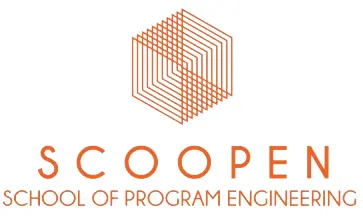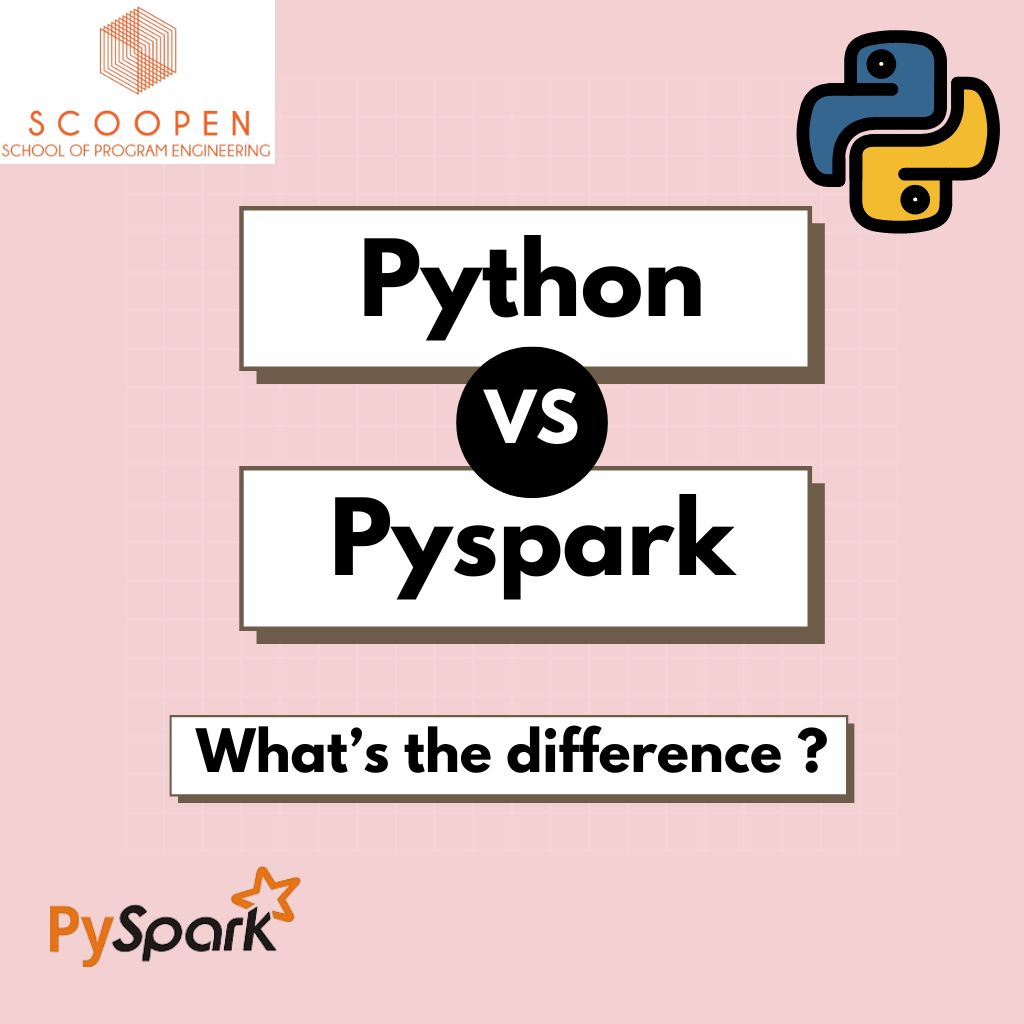As someone looking to enter data science or big data analytics, wondering about the difference between Python and PySpark is usual. Both are popular technologies within the realm of big data and data science. If you are one among them, we’ve got you covered with this blog that discusses Python vs PySpark!
What is Python?
Introduced in the early 90s, Python is one of the oldest and most popular high-level, object-oriented, interactive general programming languages. The language is popular for its numerous features, including readability and versatility. It has always been in high demand among developers as well as businesses. Besides, it is the preferred language for AI, ML, and data science applications.
Some of Python’s features include an extensive standard library, cross-platform compatibility, extensive community support, Dynamic Typing and Dynamic Binding, and object-oriented programming capabilities.
As someone looking to pursue Python data science courses or Python data science training, you should be aware of the pros and cons of using Python to be able to use it better. Continue reading to know about them.
Advantages of Using Python
Python’s popularity is supported by the numerous advantages that the programming language offers. Let’s look at some.
- Versatility: Python is a versatile programming language that you can use for web development, and to develop AI, ML, and data science applications.
- Simplicity: Python has straightforward syntax and structures. It emphasizes code readability with English keywords and eliminates the need for delimiters. Hence, Python is easy to read and understand.
- Open-Source: The language is open-source. Hence, it is available to anyone and modifiable to meet specific requirements.
- Compatibility: Python’s cross-platform and portable nature allows developers to run the same code written in a single platform on other platforms without making any changes.
- Test-Driven Development: Python expedites and simplifies test-driven development. It allows developers to write code and test it at the same time. Developers can also create test cases before writing the source code.
Disadvantages of Using Python
The popular programming language also has some disadvantages. Here are a few limitations of Python.
- Extensive Memory Consumption: Python’s data structures require more memory space. That makes the language unsuitable to use for development under limited memory restrictions.
- Slow Execution Pace: As an interpreted language, Python works with an interpreter and not a compiler. Thus, the interpreter executes codes in a manner slower than the compiler. That makes Python a language slower in execution compared to C++ and Java.
- Underdeveloped Database Access Layer: The database access layer of Python is slightly underdeveloped and immature. Hence, it isn’t suitable if you expect a smooth interaction of complex legacy data.
- Design Limitations: The dynamically typed nature of Python is responsible for its design restrictions. Developers don’t have to define the data types of variables. The interpreter does it automatically, resulting in runtime errors.
What is PySpark?
PySpark is a framework used to process large-scale datasets with Python. In other words, it is a Python API for Apache Spark that is an open-source, distributed computing framework and libraries to enable real-time large-scale data processing. PySpark is written in the Scala programming language.
The framework offers some unique features that include cache persistence, fault tolerance, polyglot, quick processing, immutability, and efficient error handling.
PySpark has a few advantages and disadvantages that every individual looking for a PySpark course should know. It will help them get a clear understanding of the capabilities and limitations of PySpark and use it more effectively. Accordingly, the following reviews some pros and cons of PySpark.
Advantages of Using PySpark
Why do people use PySpark? Here are some advantages of using PySpark.
- Big Data Handling: PySpark can handle big data and distributed computing across different clusters of machines, thus enabling quicker processing of large datasets.
- In-Memory Processing: The framework’s integration with Apache Spark also allows it to leverage in-memory processing. Such a capability can help foster significant performance improvement.
- Seamless Processing: With PySpark, you may enjoy a high data processing speed of 10X on the disk and 100X in memory. You can make that possible by reducing the number of read-write to disk.
- Dynamicity: PySpark’s dynamicity enables you to develop a parallel application – thanks to Spark which provides 80 high-level operators.
- Fault Tolerance: PySpark’s fault tolerance is attributed to Spark abstraction-RDD. It can handle the malfunctioning of any worker node in the cluster and ensure zero data loss.
Disadvantages of Using PySpark
Pyspark also has some disadvantages or limitations, including the below.
- Difficult to Express: PySpark has a harder learning curve. Although it isn’t a disadvantage, people going for PySpark certification should keep that in mind and prepare for potential learning challenges ahead.
- Less-Efficient: When it comes to programming, the framework is less efficient than other models.
- Resource Requirement: PySpark uses distributed computing that denotes a significant resource requirement. As a result, one may face challenges while running the framework on smaller systems.
- Slow: Python is slower than Scala with regard to its performance.
Python vs Pyspark – Key Differences
Python differs from PySpark in various ways. The below table highlights some.
|
Python |
PySpark |
| Cross-platform programming language | A tool that supports Python on Spark |
| Common uses include big data, ML, and AI applications | Used in big data applications |
| Doesn’t require you to have knowledge of programming languages | Knowledge of Spark and Python is imperative |
| The license is under Python | Apache Spark provides the license |
| Has a standard library that supports functionalities like automation, text processing, and databases | A library that’s an API written in Python |
| Easy to learn | Hard to express |
| Provides a framework that helps handle errors easily | Mistakes are handled by the Spark framework |
| Supports R-programming | Provides R- and data-science-related libraries |
| Uses internal memory and non-objective memory | PySpark is a memory computation |
| Allows implementation of a single thread | Allow processing distribution |
Conclusion
So, that was about Python vs PySpark and the differences between the both. We hope you found the blog post insightful. As for your career, choose Scoopen if you are looking for Python classes in Pune or a PySpark certification course. Our comprehensive curriculum, expert trainers, and unique learning style will help you excel in your field of specialization and qualify for better-paying opportunities. Call us at +91 94032 33090 to explore more about our courses and training.
Frequently Asked Questions
What is Python, and how does it differ from PySpark?
While Python is a programming language, PySpark is an open-source distributed computing framework.
How does PySpark extend the capabilities of Python for big data processing?
PySpark combines Python’s learnability and simplicity by leveraging Apache Spark to process and analyze data of any size.
What are the key features that distinguish Python and PySpark?
The key Python vs PySpark features differentiating both these technologies include the following.
- Purpose: Python is a general-purpose programming language used for various applications, whereas PySpark is a Python library for Apache Spark used for big data processing.
- Parallel Processing: Python has limited parallel processing capabilities. On the other hand, PySpark uses the power of distributed computing for parallel processing on datasets.
- Execution Model: Usually, Python executes on a single machine. PySpark is engineered for distributed computing to work on a cluster of machines.
- Libraries: Python has various libraries. However, PySpark focuses on big data processing and analytics with specific libraries used for distributed computing.
- Data Processing: The language can handle smaller datasets. But PySpark is optimized for big data processing and can manage large-scale distributed datasets.
How does the learning curve differ between Python and PySpark?
Python is easy to learn. However, PySpark requires you to have a basic understanding of Python and SQL and a working knowledge of Apache Spark. With all of that, you can become a PySpark expert.
Which industries or domains commonly use Python or PySpark for data processing and analytics?
Python’s use is prevalent across ML, data engineering, web development, software development, and data science. On the other side, industries using PySpark include healthcare, manufacturing, finance, and retail.


